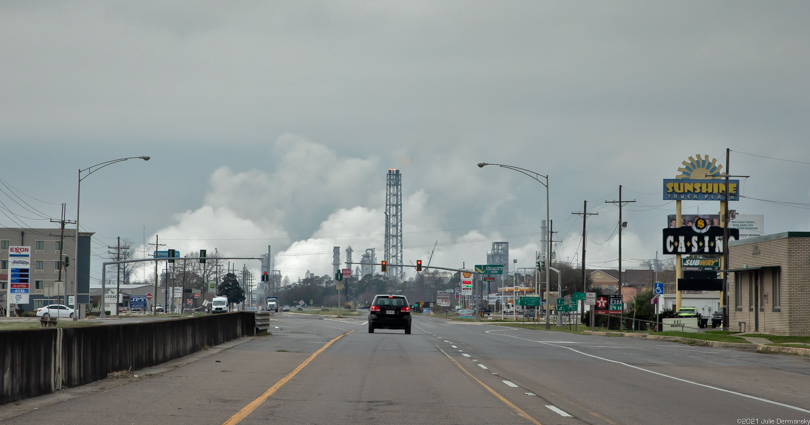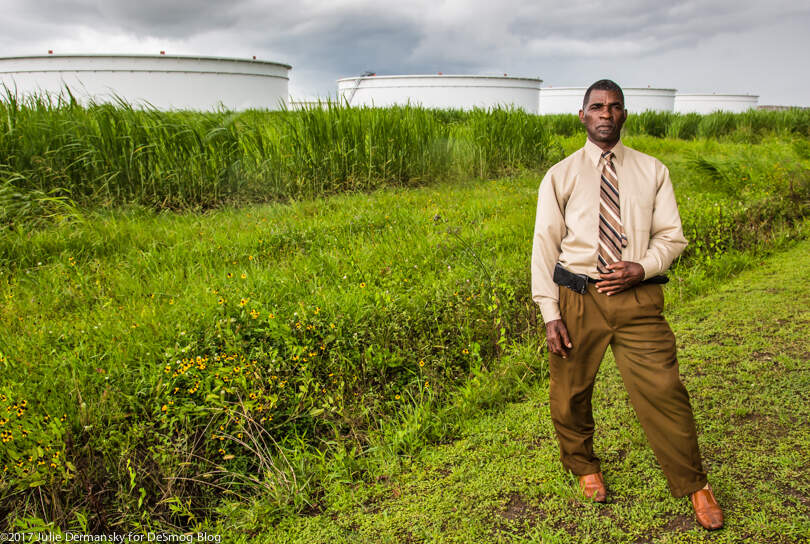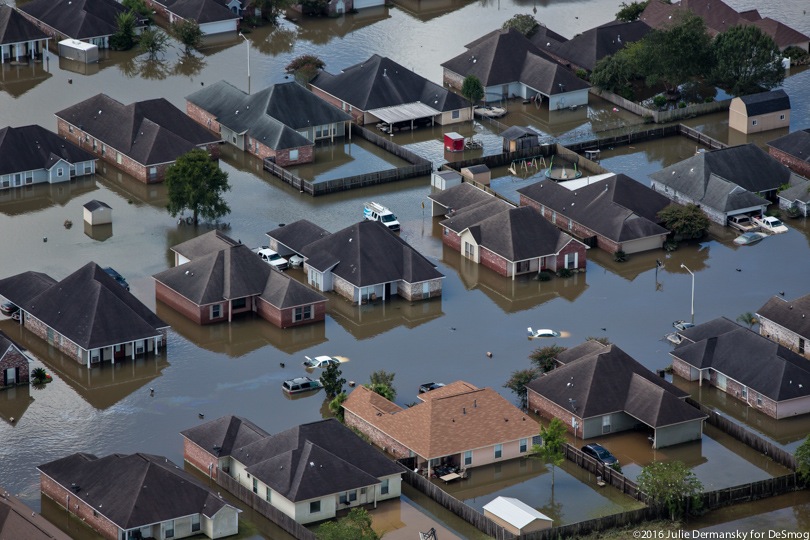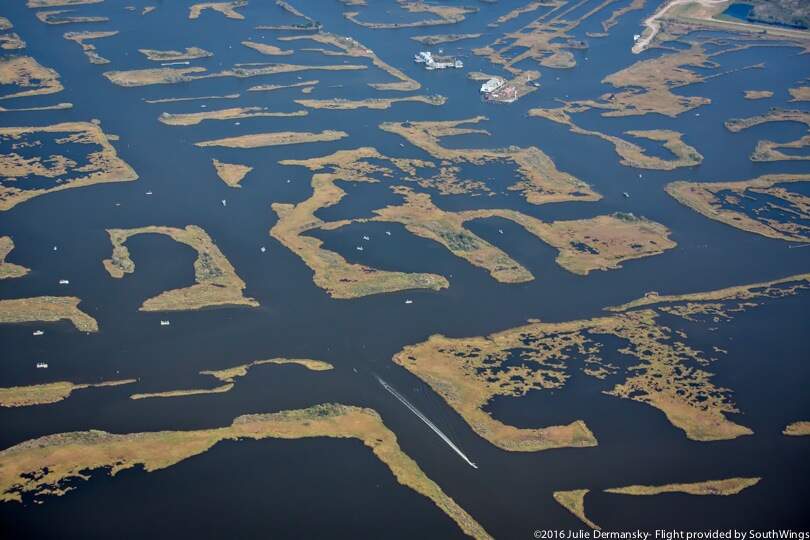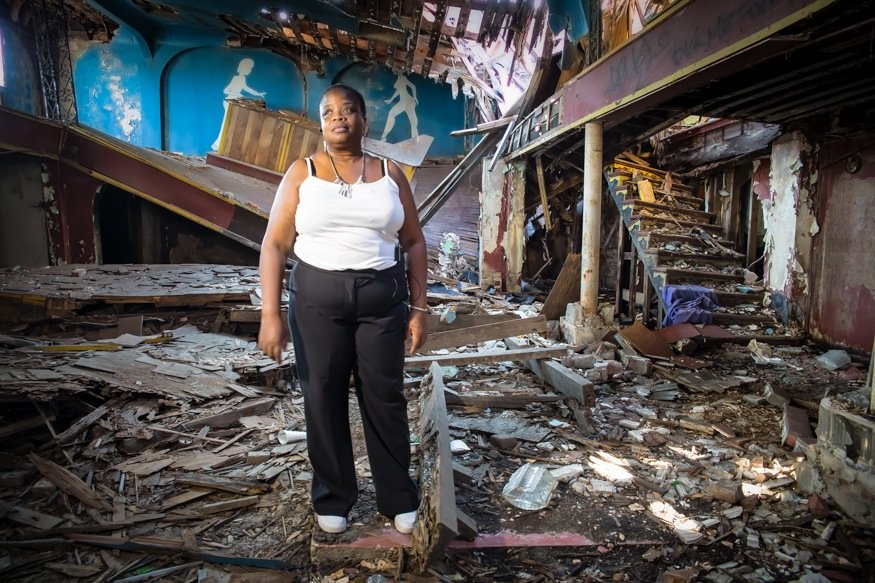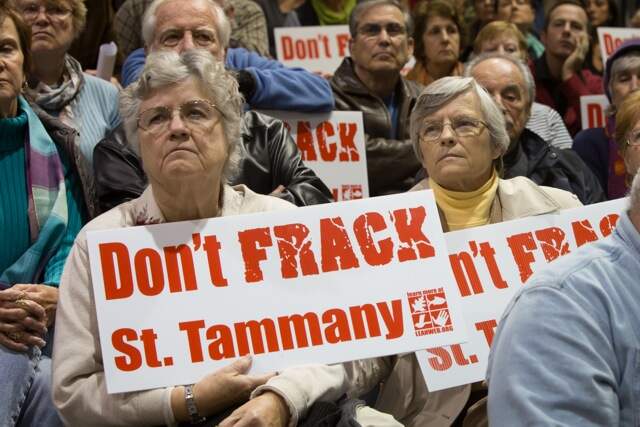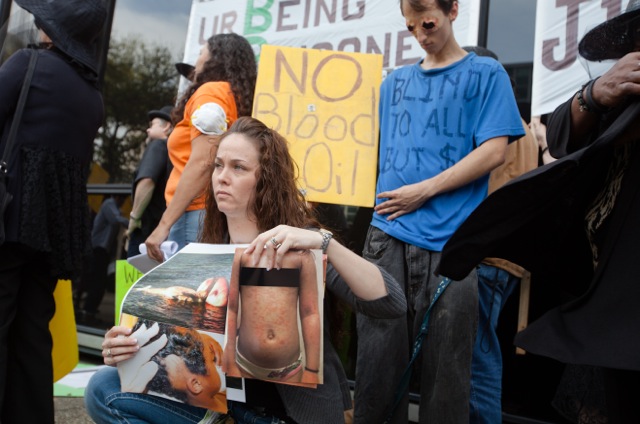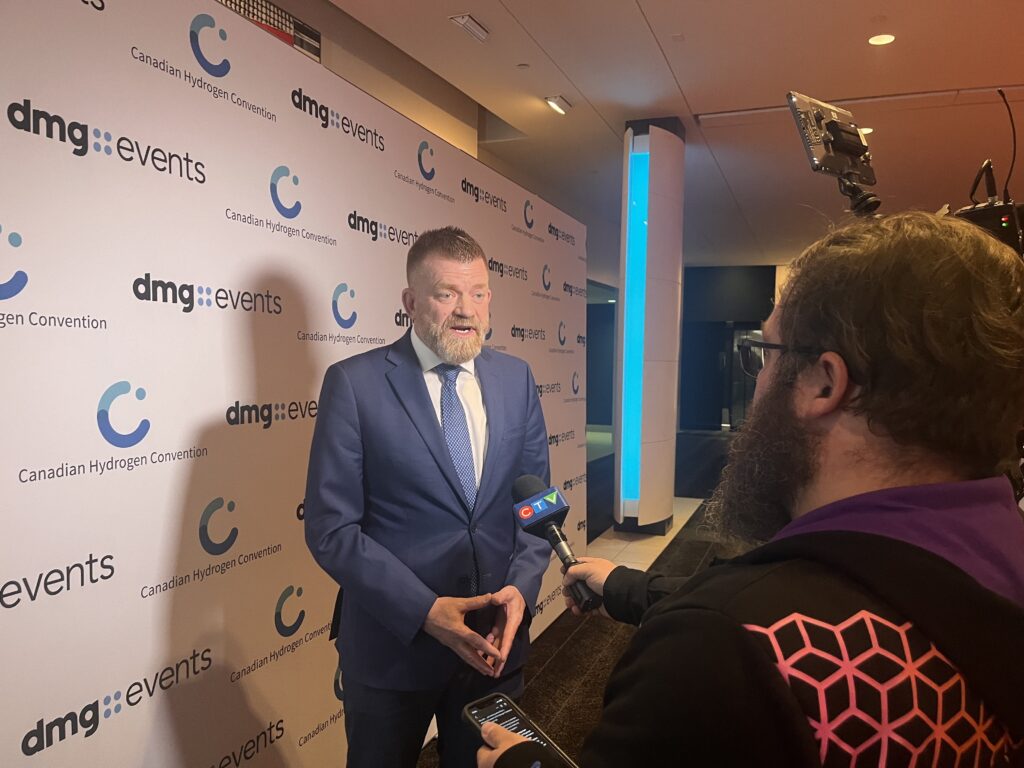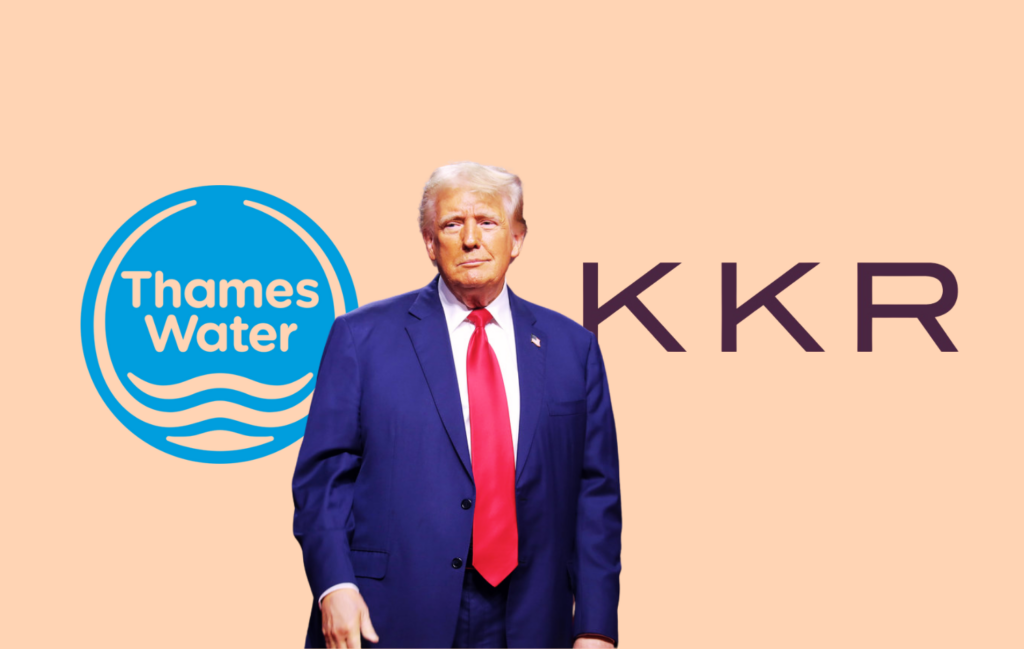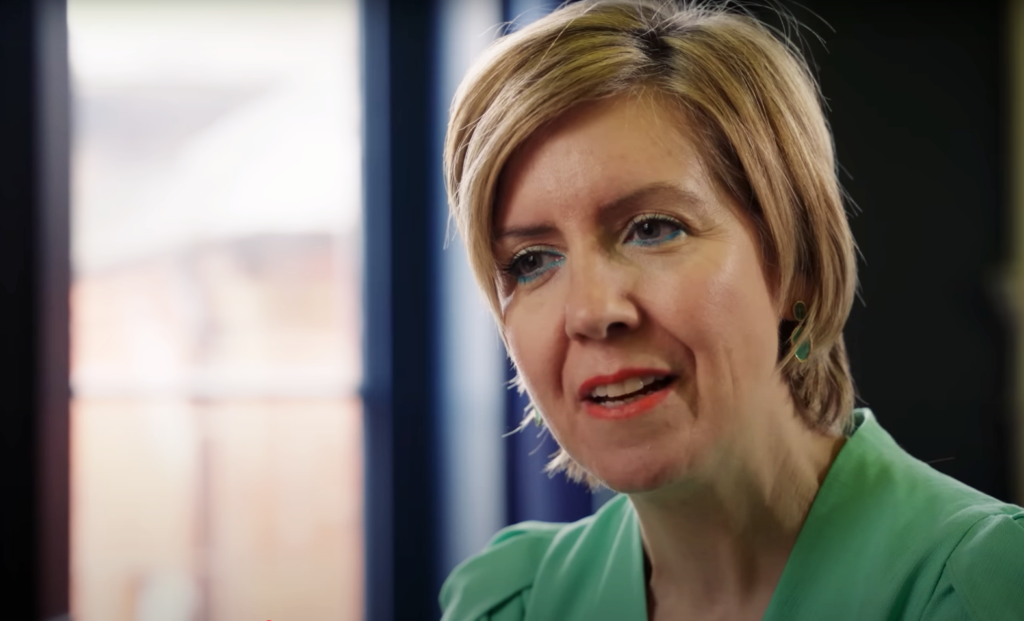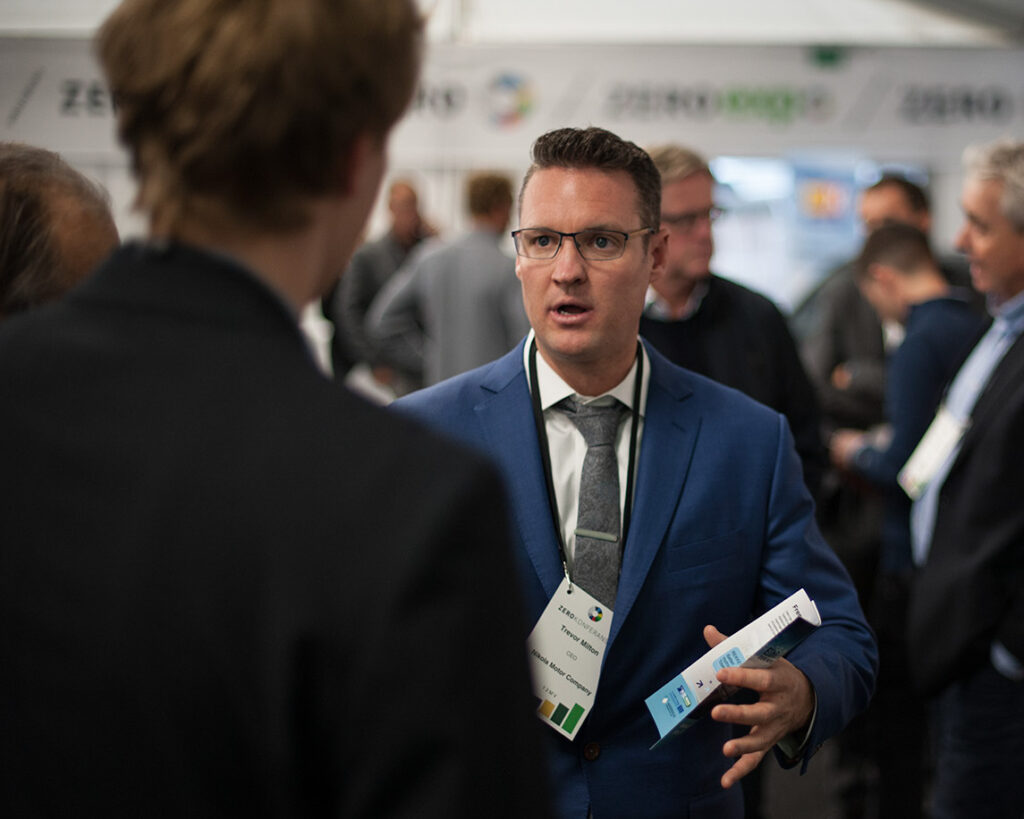What happens in Louisiana doesn’t stay in Louisiana. The state’s role in the oil and gas industry impacts both global markets and global climate change. It’s also on the front line of climate change impacts due to sea level rise and is vulnerable to storm systems intensified by global warming. Here is a selection of photos from a decade of my coverage of environmental issues in Louisiana.
The decade started with the largest offshore oil spill in U.S. history. The impacts from the BP oil spill are still taking a toll on the environment, and a number of people exposed to the oil and the dispersant used to break up the oil continue to fight the company for compensation due to their health claims.
In 2016, the state received the first federal funding to relocate a community impacted by sea level rise largely from climate change. The outcome of that project, which is supposed to be a road map for other coastal communities, remains to be seen, with building yet to begin.
This year, Democratic Gov. John Bel Edwards narrowly won a second term, at a time when the state under his leadership is doubling down its support for fossil fuel industry projects, despite dire warnings from climate scientists about reaching a tipping point from which the worst impacts from global warming will not be able to be reversed.
On April 22, 2019, a day deemed “Coastal Day” at the Louisiana Legislature, Gov. Edwards spoke about the state’s efforts to protect and rebuild its fast-eroding coast. “My commitment to you is we are going to move as fast as we can, we are going to maximize the role of science in what we do, because if we don’t maximize the role of science, then we are going to maximize the role of politics and that’s where we will make the biggest mistake,” Edwards said. “So I’m committed to that.”
While Gov. Edwards’ promise in April offers hope that science may trump politics, at a May 1 industry-sponsored “Oil and Natural Gas Industry Day,” the governor acknowledged the climate is changing but diverged from mainstream climate science by saying he is unsure what humanity’s role is. His stance is echoed by his administration’s efforts to welcome new oil and gas industry projects in the state, including numerous petrochemical plants.
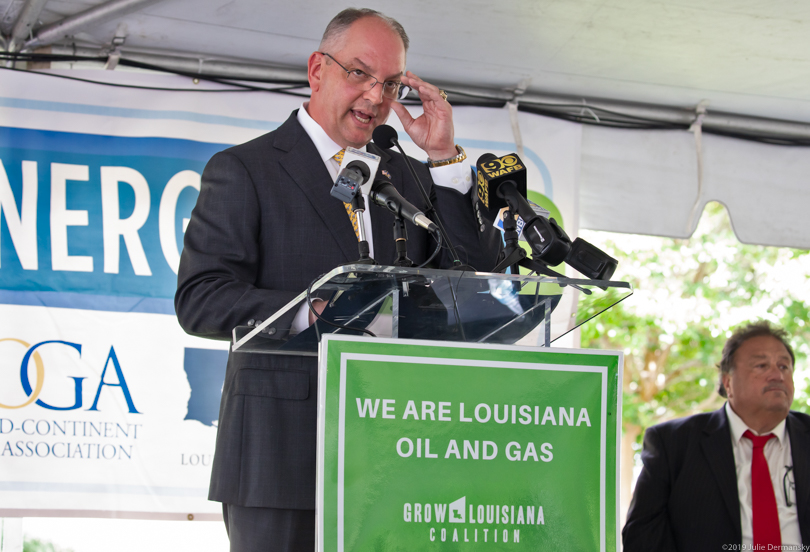
May 1, 2019 Gov. John Bel Edwards tripled-down on climate science denial at the Grow Louisiana Coalition “Oil and Natural Gas Industry Day” in Baton Rouge.

Men fishing off Island Road, still covered in water following Hurricane Barry on July 15, 2019. Island Road is the only road that goes to Isle de Jean Charles, an island whose community Louisiana received a federal grant to relocate. The island residents are threatened by sea level rise caused in large part by climate change. While most of Louisiana was spared Barry’s wrath, Isle de Jean Charles was hit by a storm surge that swept over the island, about 80 miles southwest of New Orleans, early in the morning on July 13.
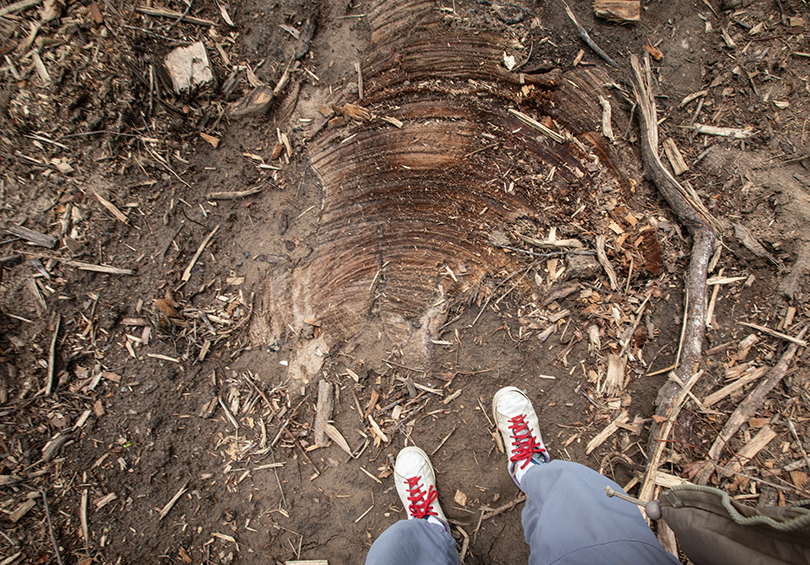
July 5, 2018, this photographer standing on a tree stump in the Bayou Bridge pipeline’s right-of-way, which cleared the cypress-tupelo forest in Louisiana’s Atchafalaya Basin before the pipeline was installed. The controversial pipeline began operating in 2019, despite ongoing legal challenges.
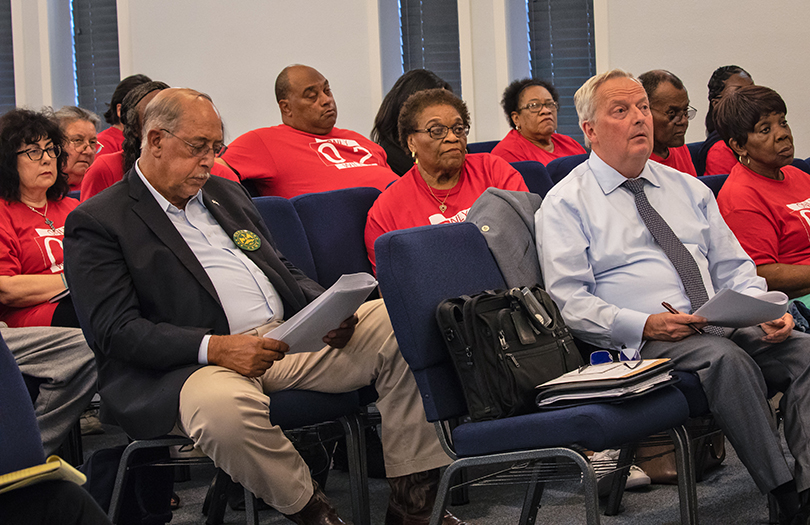
August 14, 2018, Mary Hampton, middle, to her left, General Russel Honoré, founder of the Green Army, and in front of Hampton, David Gray, EPA‘s Region 6 Deputy Regional Administrator, at a Concerned Citizens of St. John the Baptist Parish meeting. Gray came to the community to listen to their concerns about the Denka synthetic rubber plant, where carcinogenic chloroprene emissions remain considerably higher than 0.2 micrograms per cubic meter, the EPA level deemed acceptable to protect human health.
June 22, 2017, Pastor Harry Joseph near oil storage tanks in St. James, Louisiana. Pastor Joseph helped lead the fight in his community against the Bayou Bridge pipeline that cuts across southern Louisiana and terminates in St. James. Though the pipeline was built, he continues to fight for environmental justice for St. James Parish.
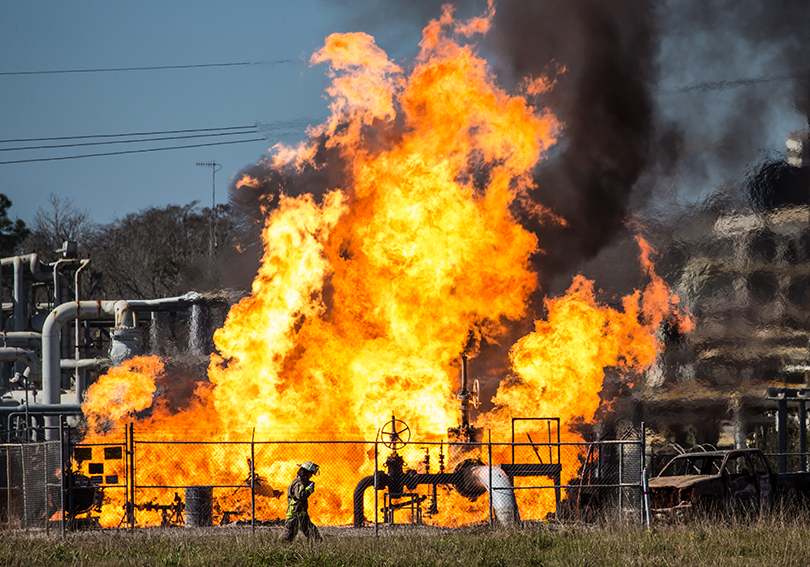
February 10, 2017, fire at the site of a Phillips 66 pipeline that exploded on February 9, in Paradis, Louisiana. One worker was killed in the explosion, which happened a day after a Bayou Bridge pipeline permit hearing was held nearby.
August 15, 2016, a flooded subdivision in Livingston Parish, Louisiana, following record-breaking rainfall, which contributed to a 1,000-year flood.
November 15, 2016, Golden Meadow, Louisiana, in Lafourche Parish, where land loss has been estimated to be more than a football field every hour. Louisiana’s oil and gas industry continues growing along the coast it’s helping shrink.
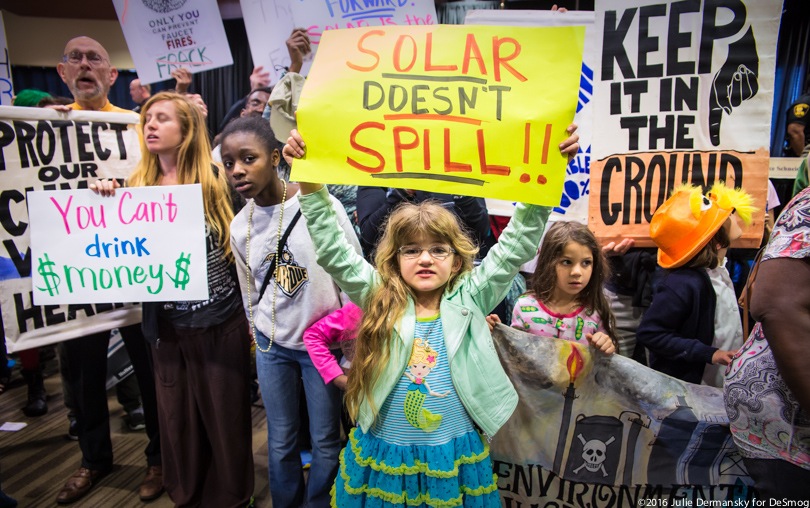
March 23, 2016*, children take part in a protest in the New Orleans Superdome against the Bureau of Ocean Energy Management (BOEM) auction of federal Gulf of Mexico drilling leases. After the protest, BOEM started holding its auctions for leases in the Gulf of Mexico online.
August 26, 2015, Marguerite Doyle Johnston in Club Desire. Johnston, a resident of New Orleans’ Upper 9th Ward, did not take part in the multitude of events surrounding Hurricane Katrina’s 10th anniversary celebrating the city’s resilience. “My neighborhood was left out of the recovery, so I don’t feel like celebrating,” she told DeSmog.
November 13, 2014, Mandeville, Louisiana, concerned citizens attend a drilling permit hearing at the Lakeshore High School gym, near the site were Helis Oil wanted to frack, a region that’s part of the Tuscaloosa Marine Shale. The Department of Natural Resources, the state agency regulating the oil and gas industry, granted the permit despite opposition from local government, and community groups are challenging the industry’s interest in fracking and drilling in St. Tammany Parish. The company drilled a test well but did not pursue a fracking project.
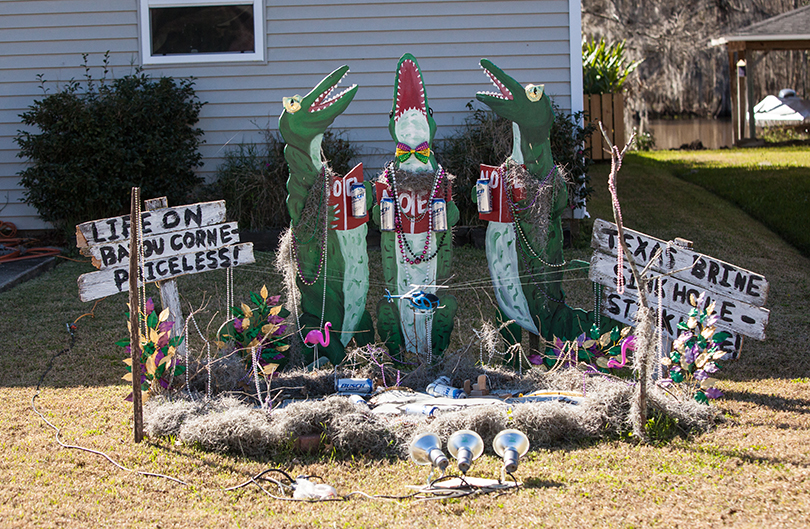
February 1, 2013, satirical lawn art depicting the sinkhole created when a salt cavern being mined by Texas Brine Co. failed in Bayou Corne. Over the course of the year, the sinkhole grew from three acres to over 24 acres.
February 29, 2012, Kindra Arnesen holds up photographs of people and animals sickened since the BP oil spill during a protest in New Orleans. Arnesen, a shrimper, continues to advocate for her community and those impacted by the oil spill.
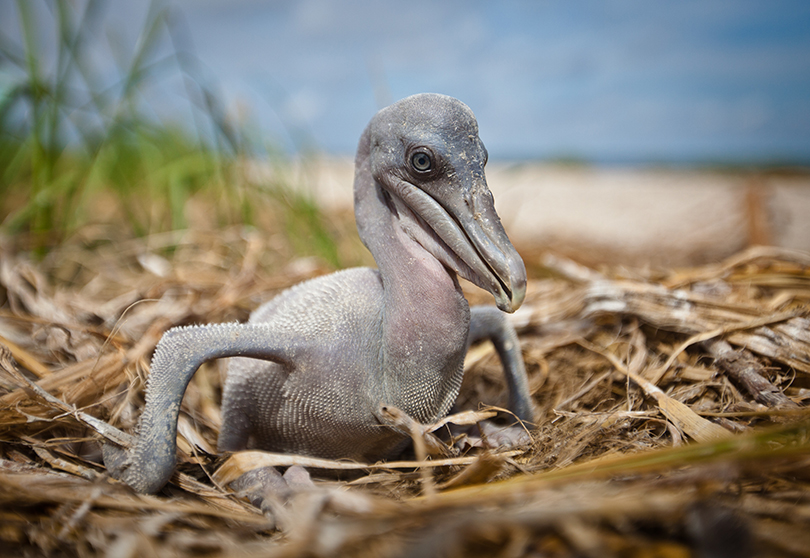
July 18, 2013, a baby pelican on a barrier island in Barataria Bay two years after the BP oil spill. The barrier island where the chick was photographed no longer existed by 2015.
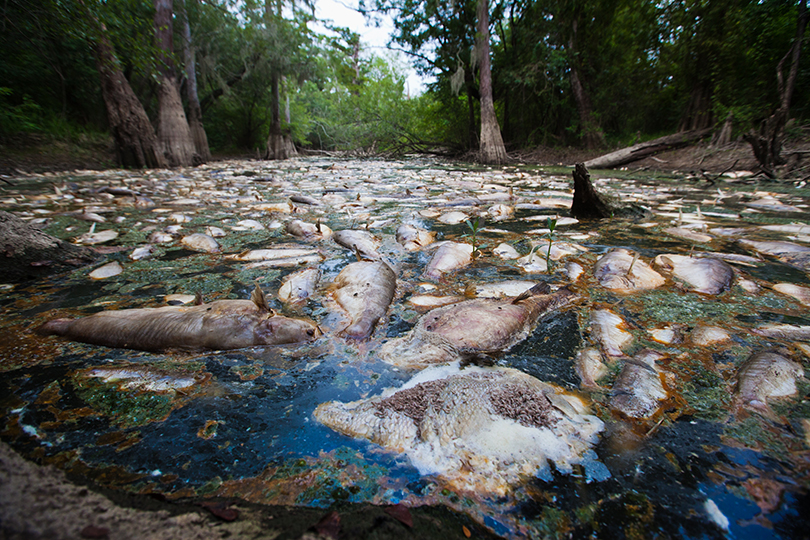
August 19, 2011, a fish kill in Porter’s River, a backwater outlet off the West Pearl River in St. Tammany Parish, Louisiana, was caused by a discharge from the Temple-Inland paper mill in Bogalusa. The mill released “black liquor,” a byproduct of the paper-making process, turning the river black and killing fish, shellfish, and turtles along 40 miles of the river. The chemicals released into the river depleted oxygen levels, which caused the fish kill in the river and its many tributaries. Cleanup crews were dispatched on August 18 to remove the dead fish (including carp, drum catfish, perch, sac-a-lait, eels, sardines, and heel splitter clams) before sinking and depleting the waterway of even more oxygen as they decomposed.
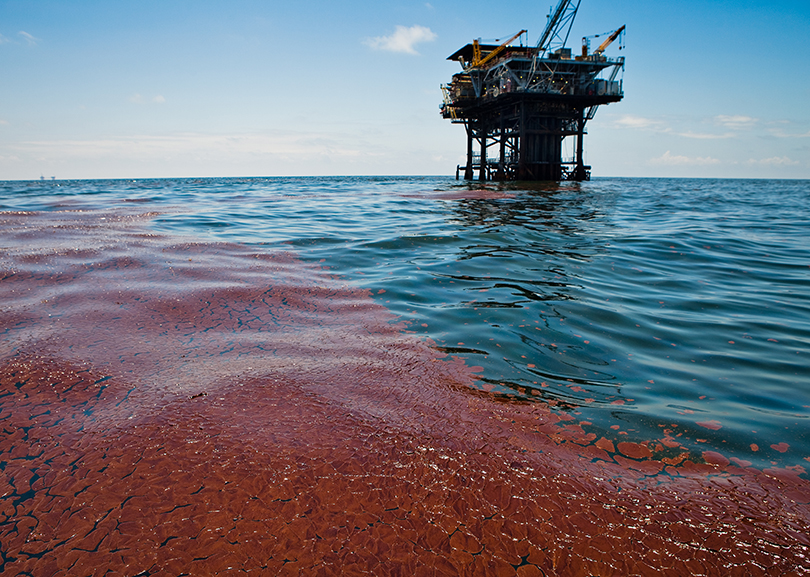
May 21, 2010, oil from the BP oil spill on the surface of the Gulf of Mexico, next to Rig 313 on the east side of the Mississippi River. The oil spill remains the largest offshore spill in U.S. history. The Trump administration moved to roll back offshore drilling safety rules put in place to avoid a repeat of the 2010 blowout.
*Updated to correct the year of the Gulf drilling lease protest, which was 2016, not 2019.
Main image: 2019, the Zion Travelers Cemetery, next to the Marathon Refinery, in Reserve, Louisiana, in the heart of a region filled with petrochemical plants and refineries that locals call Cancer Alley.
Subscribe to our newsletter
Stay up to date with DeSmog news and alerts


